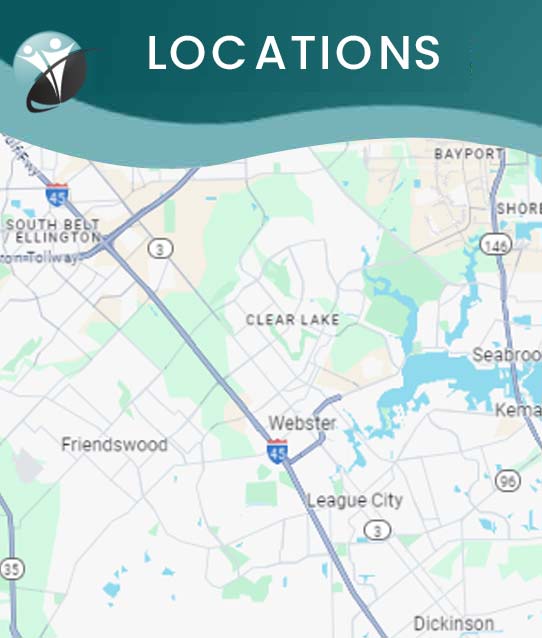Spring Allergy Specialist in Webster TX
If you are suffering from spring allergies, then Primary Care Center is the right place for you. Contact us for the treatment of your irritation due to spring allergies. For more information, please contact us or schedule an appointment online. We have convenient locations to serve you in Webster and Pasadena, TX.




Table of Contents:
What is the most common allergy in spring?
What are the causes of seasonal spring allergies?
When do spring allergies begin?
How do spring allergies make you feel?
Spring allergies are a set of symptoms that are caused by seasonal pollen, environmental changes, and vernal weather patterns. Common causes of spring allergies include pollen, seeds, and dust; wind can cause these allergens to become airborne, which can then easily be breathed in. These allergies can affect the eyes, nose, throat, or lungs and cause great discomfort in these areas. Common symptoms include a runny nose, itchy eyes, sneezing, and watery eyes.
The most common allergy in spring is hay fever, also known as allergic rhinitis. Hay fever is a condition that causes itchy, watery eyes and nasal congestion. It is most often caused by airborne allergens, such as pollen, dust mites, animal dander, and mold.
The most common cause of seasonal spring allergies is pollen, which typically comes from trees, such as:
• Alder
• Ash
• Aspen
• Beech
• Birch
• Boxelder
• Cedar
• Cottonwood
• Cypress
• Elm
• Hazel
• Hickory
• Horse chestnut
• Juniper
• Maple
• Mulberry
• Oak
• Olive
• Palm
• Pine
• Poplar
• Sycamore
• Willow
Spring allergies may also be caused by flower pollen, grass pollen, weed pollen, or ragweed pollen, as all of these are airborne and can easily be inhaled when outside.
The time that spring allergies begin is different based on region and climate. In most parts of the United States, spring allergy season begins when tree pollen levels become elevated. Across the more temperate climates, such as the South, this starts in early March; in colder parts of the country, this typically occurs in mid to late April. However, the second half of spring allergy season is primarily dominated by grass pollen; this typically starts in May but can vary depending on the region and the unique weather patterns of the year. As a general rule, spring allergy season starts when the trees start budding and the grass starts to turn green. Reach out to our expert team today to learn more about allergy tests and care at our practice.
Spring allergies can make a person feel under the weather, emulating symptoms of an illness such as sneezing, coughing, and headaches. While each person responds differently to spring allergies and can therefore experience different symptoms, spring allergies are typically characterized by the following:
• Sneezing — One of the most common signs of spring allergies is sneezing, as allergens are inhaled and can irritate the nasal cavity.
• Coughing — A cough commonly accompanies spring allergies due to the irritation caused by the allergens in the throat.
• Sore Throat—From coughing, a sore throat can occur from the irritating allergens; it can also be caused by coughing.
• Watery, Itchy Eyes — As allergens enter the eyes, they can cause them to water and become itchy.
• Puffy Eyes — The eyes can also exhibit puffiness from the constant irritation, making a person look tired.
• Headache — Headaches are a common symptom of many conditions, including spring allergies.
• Dry, Itchy Skin — Spring allergies can also affect the skin, causing it to dry out; this often results in itchy skin.
• Clogged and Itchy Ears — The nose is not the only area susceptible to congestion and itchiness; the ears can also suffer from these symptoms, affecting a person’s hearing and causing a great deal of discomfort. Consult our team today to know more about our services and personalized treatment plans.
If you or someone you love is dealing with spring allergies, the professionals at Primary Care Center can help you find relief. Our team of allergy doctors is experienced in diagnosing and treating spring allergies, so you can enjoy the outdoors without worry! Contact us today, book an appointment with our spring allergy doctors, or visit our clinic. We are conveniently located at 13920 Osprey Ct, Suite C, Webster, TX 77598. We serve patients from Webster TX, Bacliff TX, Dickinson TX, Seabrook TX, League City TX, Clear Lake City TX, and surrounding areas.





